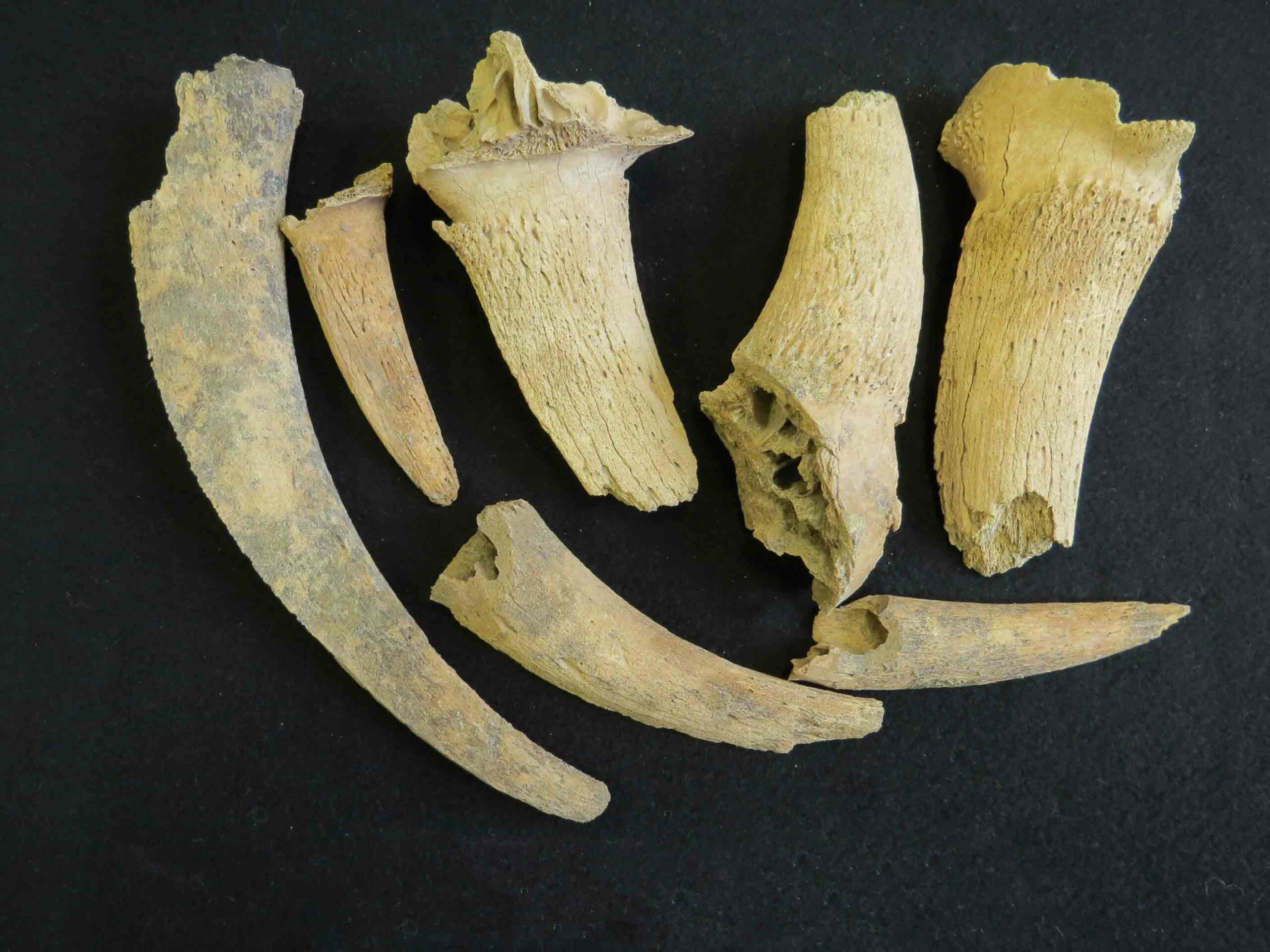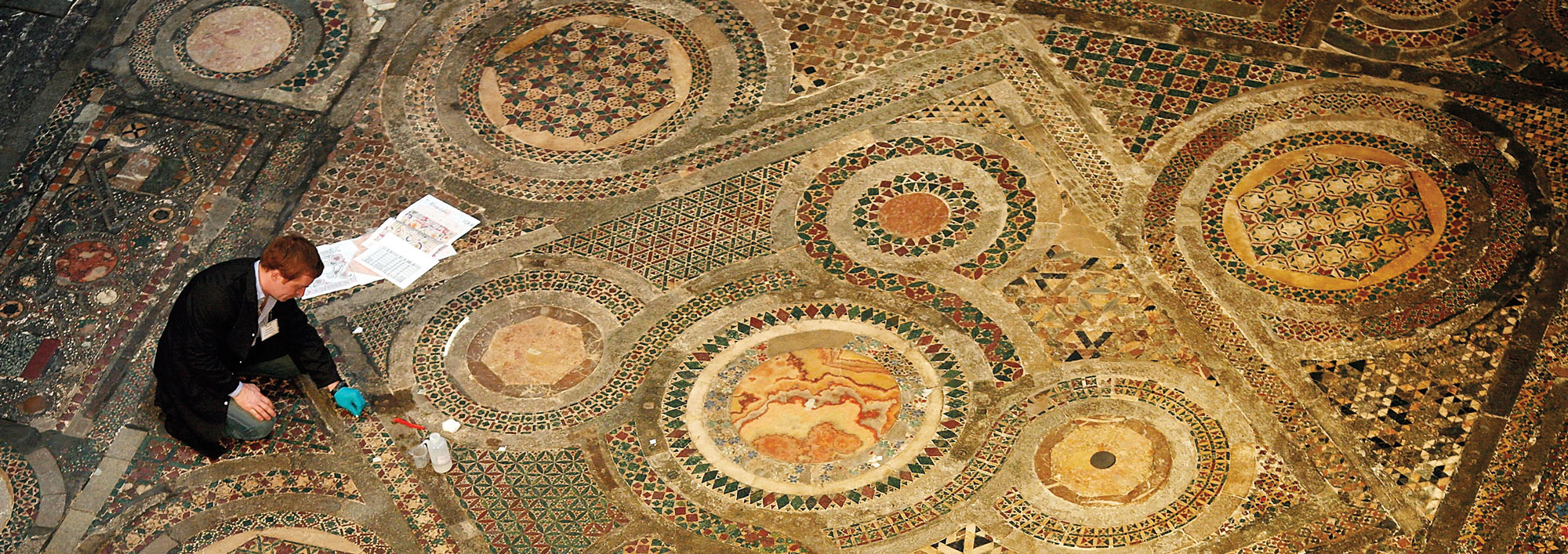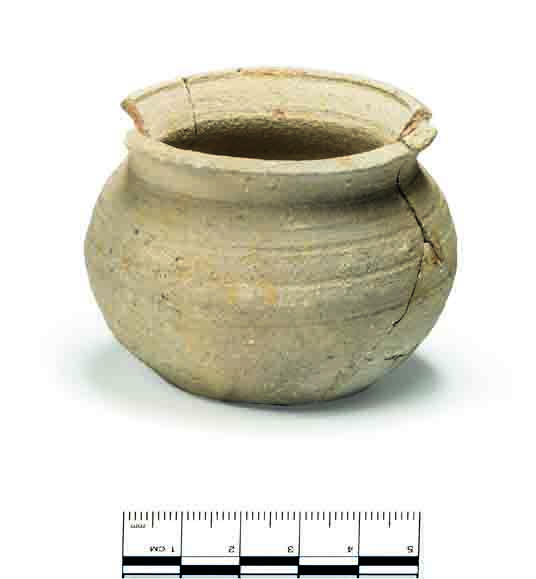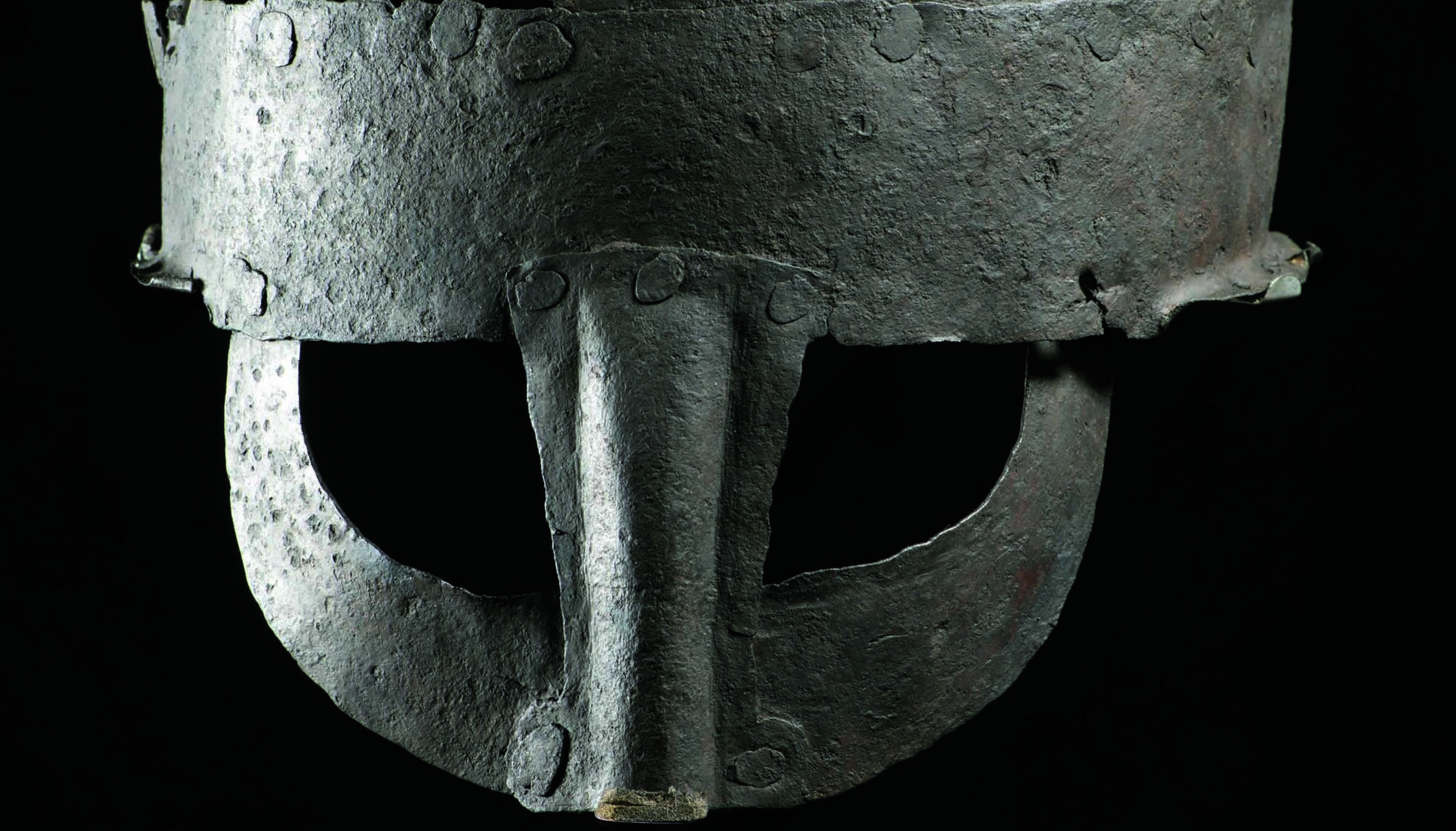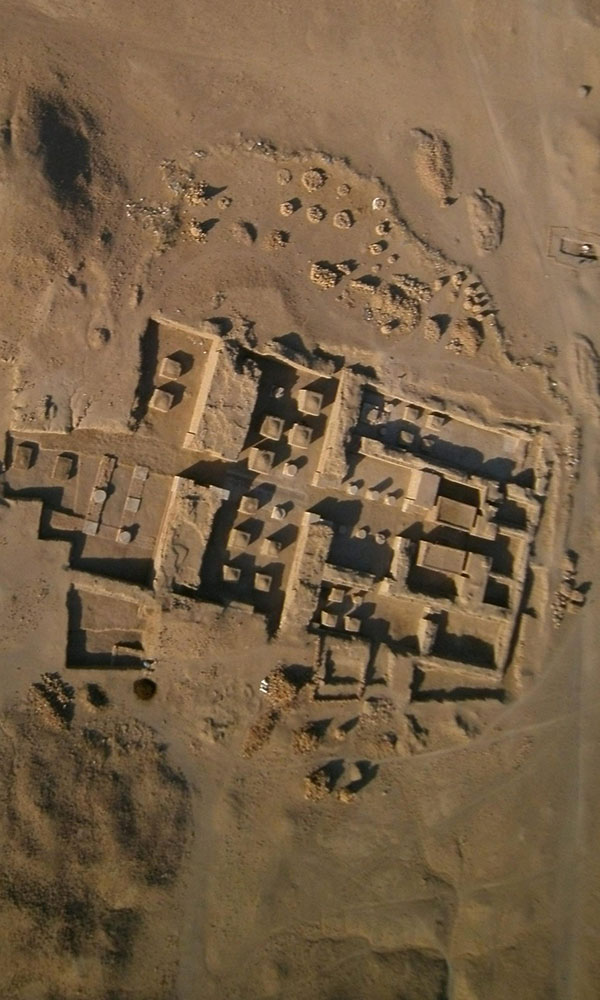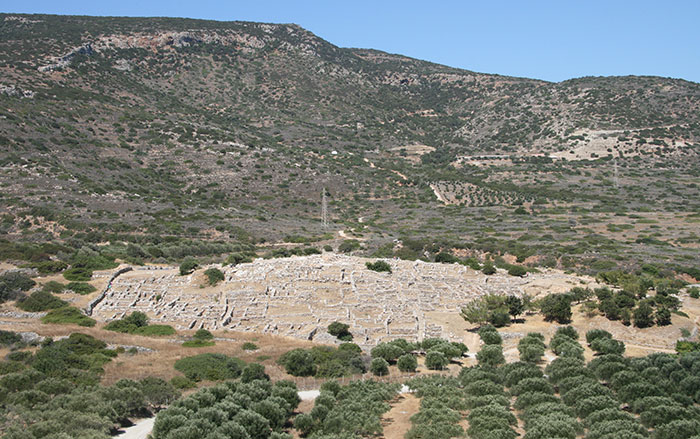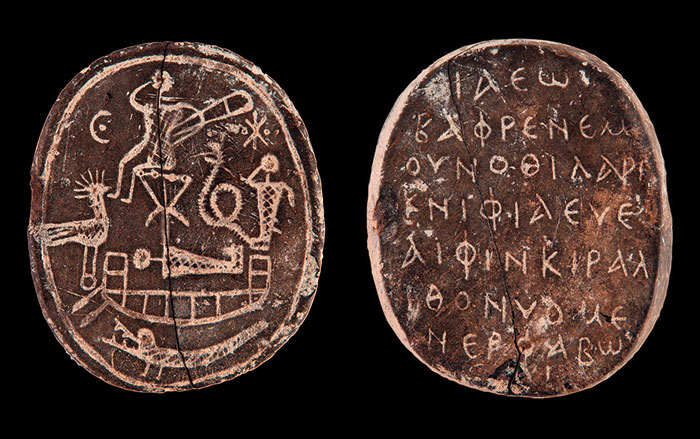
At a site soon to be a multistory parking garage in the English city of Norwich, recent excavations have uncovered an upmarket thirteenth-century tannery. In December 2014, trial trenches at this low-lying city-center location revealed temporary platforms and freshwater pits, typical of a tannery. Archaeologists also found vast numbers of goat horn-cores—the inner part of the horn—suggesting that it was mostly goatskin being processed there. “Goatskin was used to make very high-quality leather and it is possible they were making vellum, the parchment used for scrolls and books,” says lead archaeologist David Adams. The site’s location, between two monasteries, and the period it was in operation, from the 1200s to the 1500s, fit with this idea. Meanwhile, a handful of worked cat bones show that cat fur was also being produced there, perhaps for trim on hats or gloves—a common use for it in medieval Britain.


